
The first challenge of faith comes from Germany


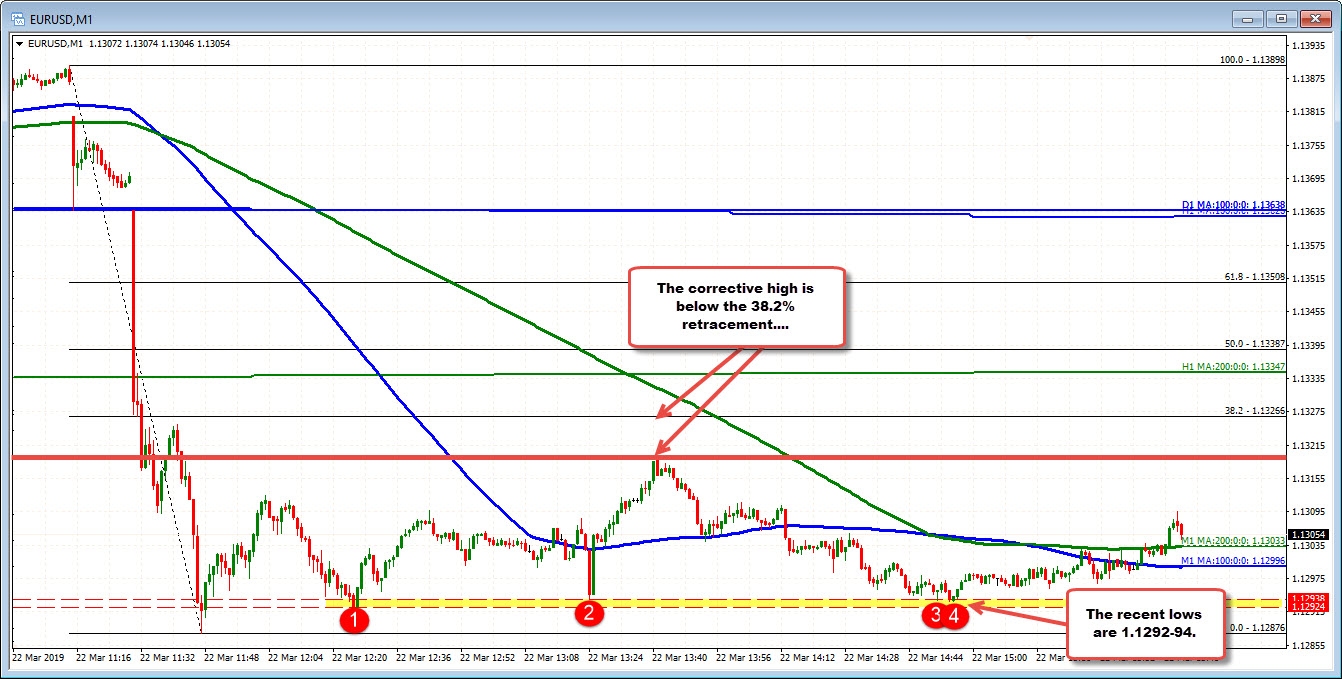
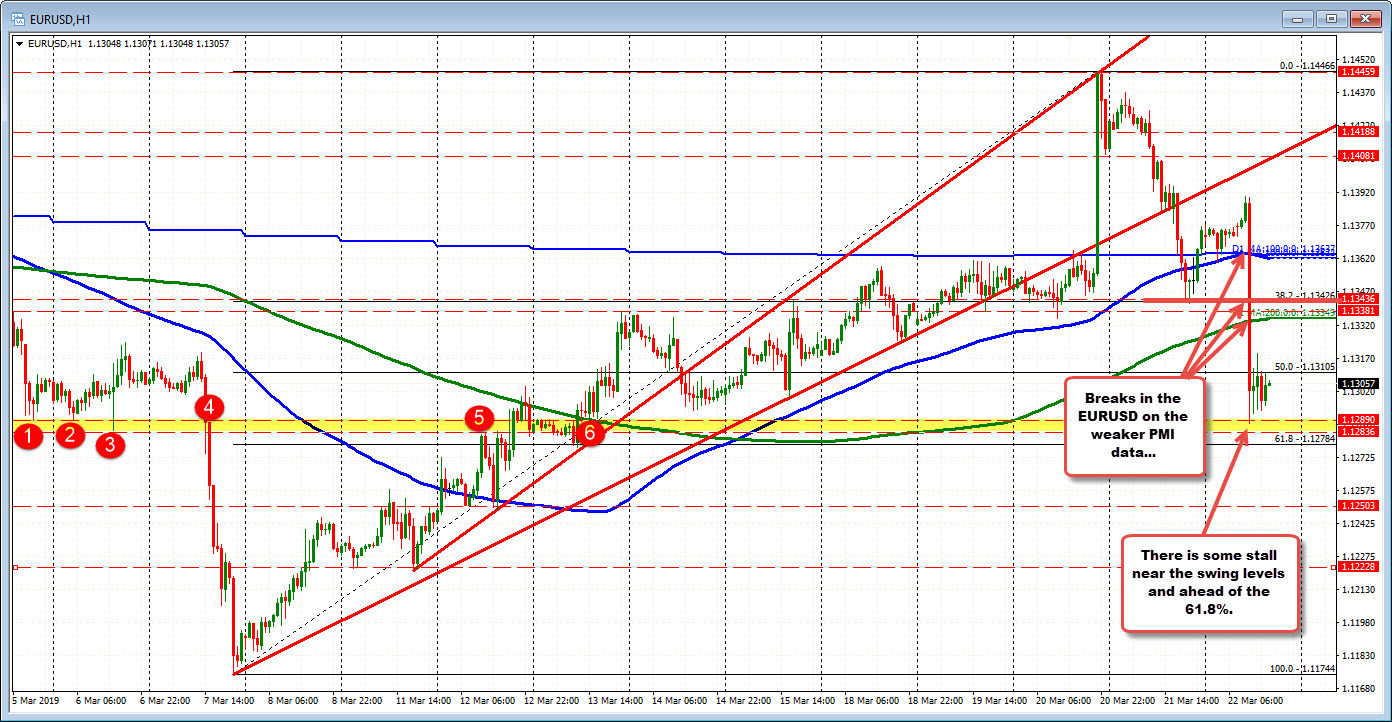
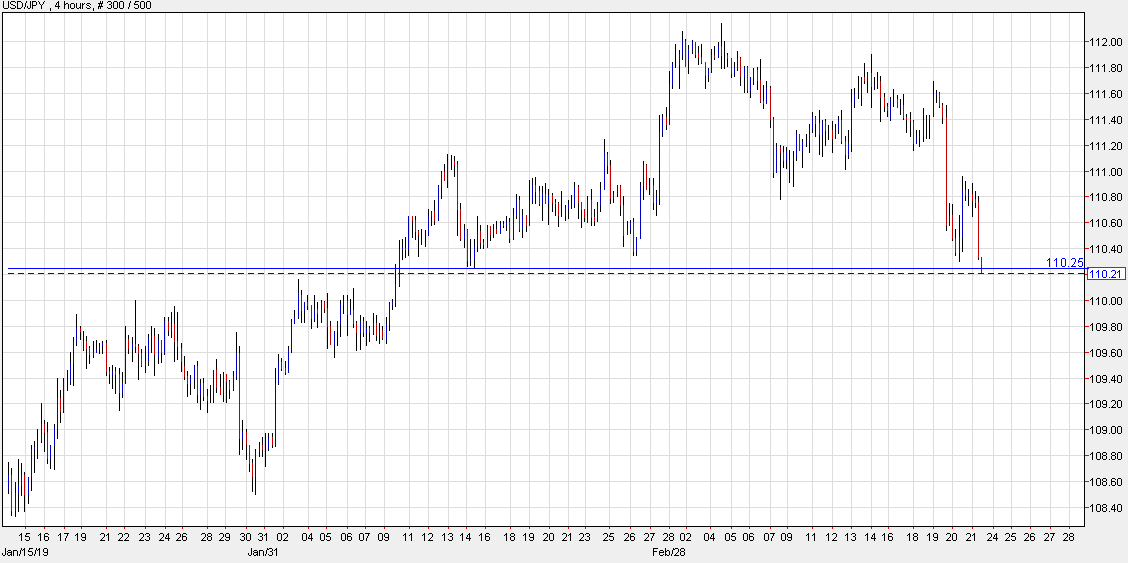

The fall below 2% for the first time in New Zealand’s 10-year bond yields isn’t just an isolated incident in markets this week. The fact that Treasury yields are being driven lower after the FOMC meeting on Wednesday is also causing a more pronounced effect in the bond market as yields everywhere are starting to suffer:
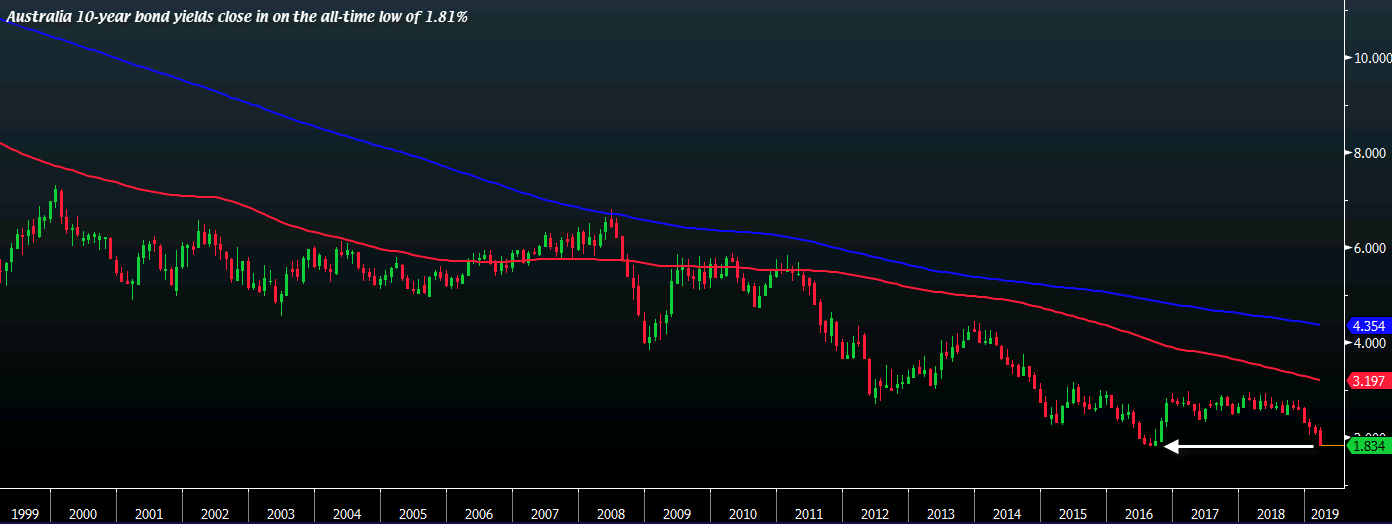
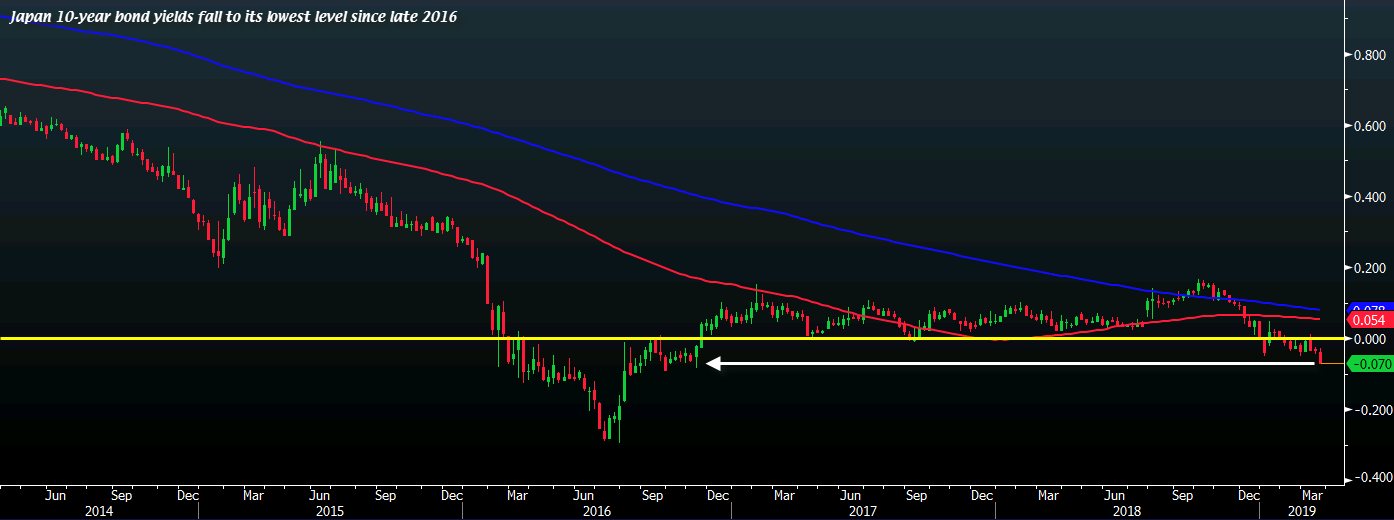
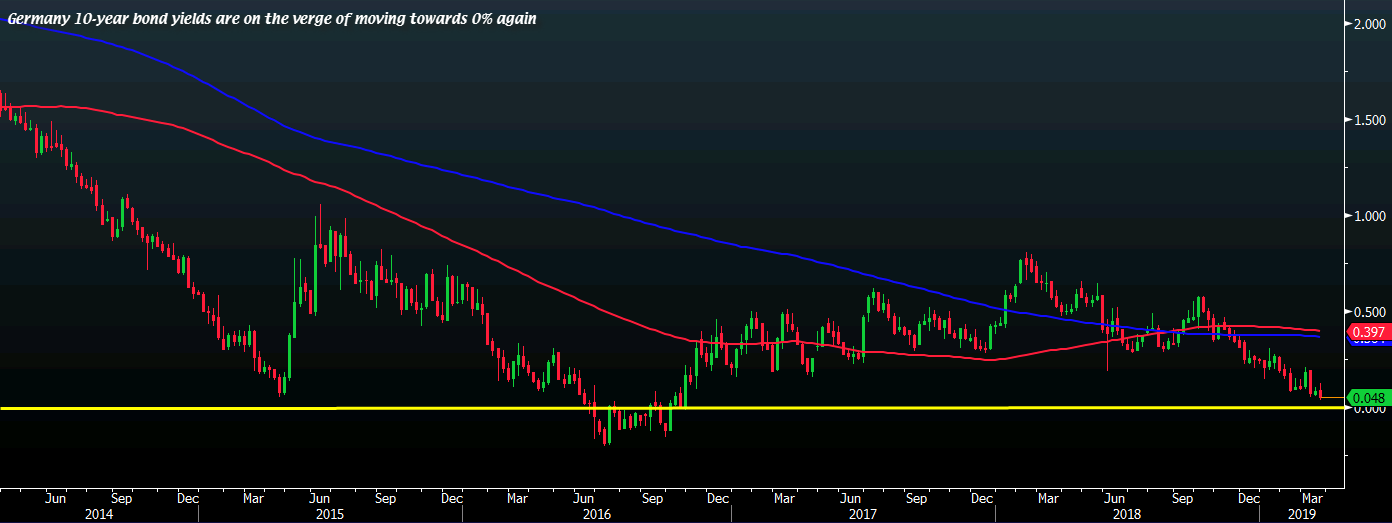


Uber will list its shares on the New York Stock Exchange in what is expected to be the biggest initial public offering of the year, according to two people familiar with the matter.
The US ride-hailing company is expected to make its paperwork public as soon as April for a listing that bankers and investors think could value it at more than $100bn.
In choosing NYSE, Uber is going to the home of some of the biggest IPOs in history, including Alibaba, General Motors and Visa.
While previous generations of technology companies such as Google and Apple chose rival Nasdaq, technical problems with Facebook’s 2011 listing have shifted the tide in NYSE’s favour. The Big Board has boosted its share of recent marquee tech listings, including Spotify, Snap and Twitter.
Uber also has close connections with NYSE: its chief financial officer, Nelson Chai, was formerly finance chief at the exchange, and John Thain, an Uber board member, was once NYSE’s CEO.
Uber’s IPO is one of a number of hotly anticipated Silicon Valley listings expected in the coming months. Its smaller US rival Lyft plans to list its shares on Nasdaq next week.
Uber declined to comment. The choice of exchange was first reported by Bloomberg.
A pair of Chinese shipping companies have been blacklisted by American authorities for allegedly helping North Korea evade U.S. and international sanctions over its nuclear and missile programs, tightening the Trump administration’s net as it pushes denuclearization talks with Pyongyang.
Dalian Haibo International Freight was designated for providing goods and services for Paeksol Trading, overseen by North Korea’s Reconnaissance General Bureau, the Treasury Department said Thursday. Paeksol has been subject to U.S. and United Nations sections.
Liaoning Danxing International Forwarding is alleged to have helped North Korean officials in the European Union operate and purchase goods for their government via deception.
The sanctions are the first since the abrupt end to the summit between U.S. President Donald Trump and North Korean leader Kim Jong-Un last month in Hanoi.
“Treasury will continue to enforce our sanctions, and we are making it explicitly clear that shipping companies employing deceptive tactics to mask illicit trade with North Korea expose themselves to great risk,” Treasury Secretary Steven Mnuchin said in a statement.
The Treasury and State departments also named 18 vessels suspected of involvement in ship-to-ship transfers with North Korean tankers, along with 49 vessels believed to have exported North Korean coal since new U.N. sanctions were imposed on Aug. 5, 2017. The ships are not limited to North Korean vessels, with others under the flags of such countries as Sierra Leone.